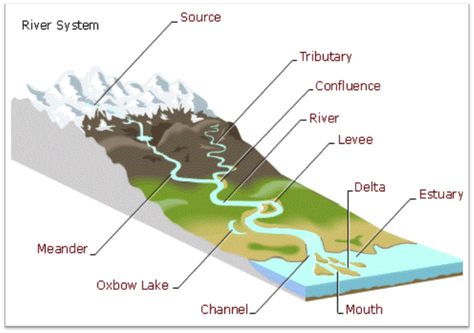Where Trout Feed: The Soft Water
Previously we discussed primary feeding lanes and a bit of trout behavior. The fact is, there’s trout all over the river, the key is just finding them. While it is true that trout, and big trout, will gravitate to the primary feeding lanes, there plenty of other choices as well.
Each year in the spring, winter snow melts and runs it way down way down tributaries and into the river system. This isn’t exactly a delicate proposition either. Many years, a river that’s 800 cfs in the summer can be as high as 20,000 cfs during spring runoff. We affectionately call the rivers during these periods “blown out”.

The rivers will rage violently with millions of gallons of water making its way down river. Trees will be uprooted and deposited, banks will collapse, boulders will be tossed about…..creating entirely new structure to fish outside of the main thalweg.
Picture a boulder tossed about. As the water carves its way around it, new depression gets made, new seems, and new places for forage to tumble down. The same is true for a log jam. This flow redirection can provide some high-quality fishing.
What you’re looking for is what is referred to as soft water. Water with a lot of current creates a lot of oxygen in the water that fish need. They just don’t want to spend their day in it. Areas that give a break to the current are consider “soft”. The pool behind a couple of boulders, the forward eddy in front of the boulder (an often-overlooked prime location), cut banks, and drop offs. These are prime ambush spots.
To be truly effective, you need to consider what a trout needs. The trout will need well oxygenated water with close proximity to a food source, protection from predation (often from above), and a differentiation in the current so it does not have to fight swift currents constantly. Once you’ve nailed these down, the number of fish you take to the net will increase dramatically.
That’s it my fishy friends. Please remember, Pack it In, Pack it Out.
Tight Lines and Screaming Drags



